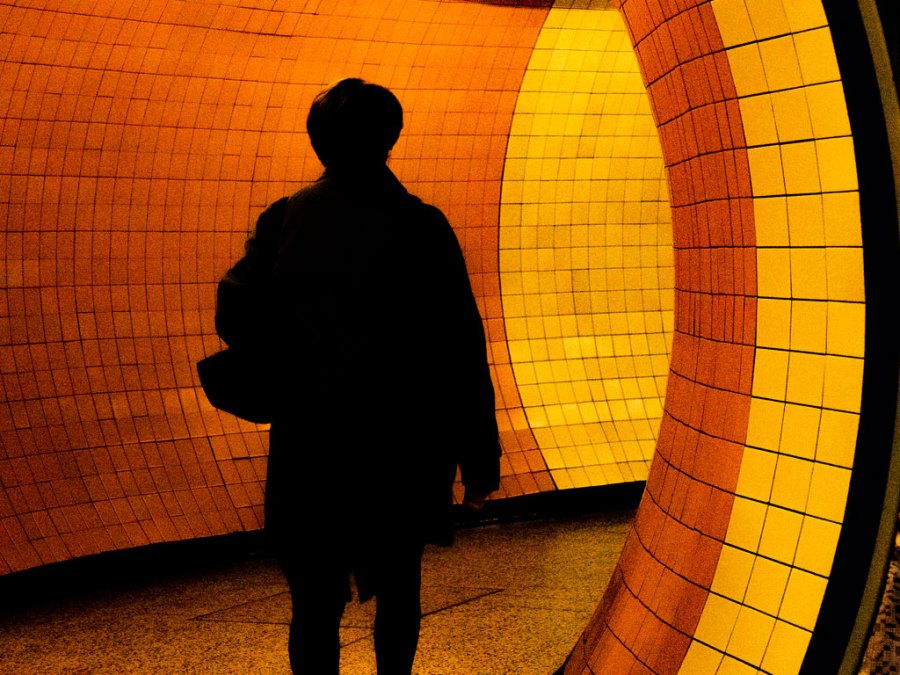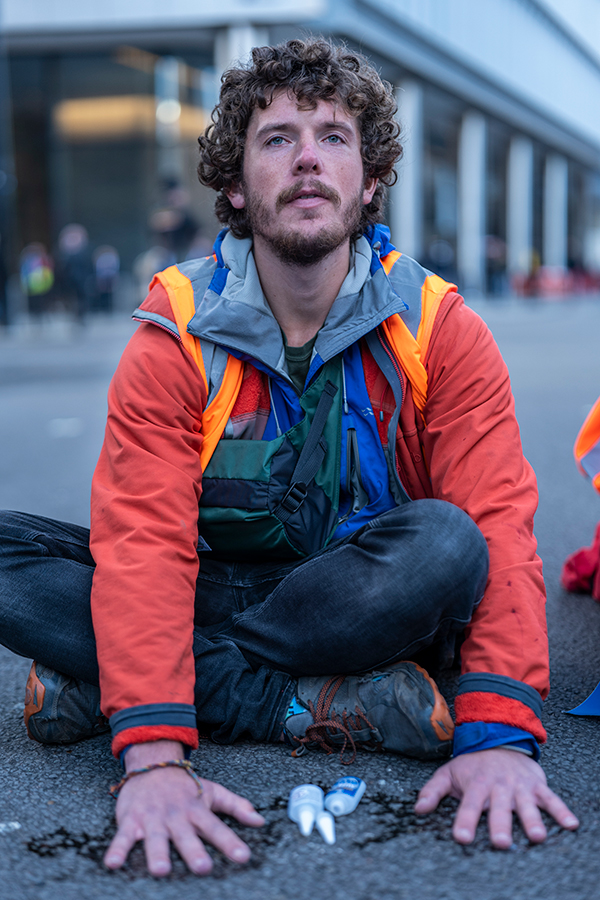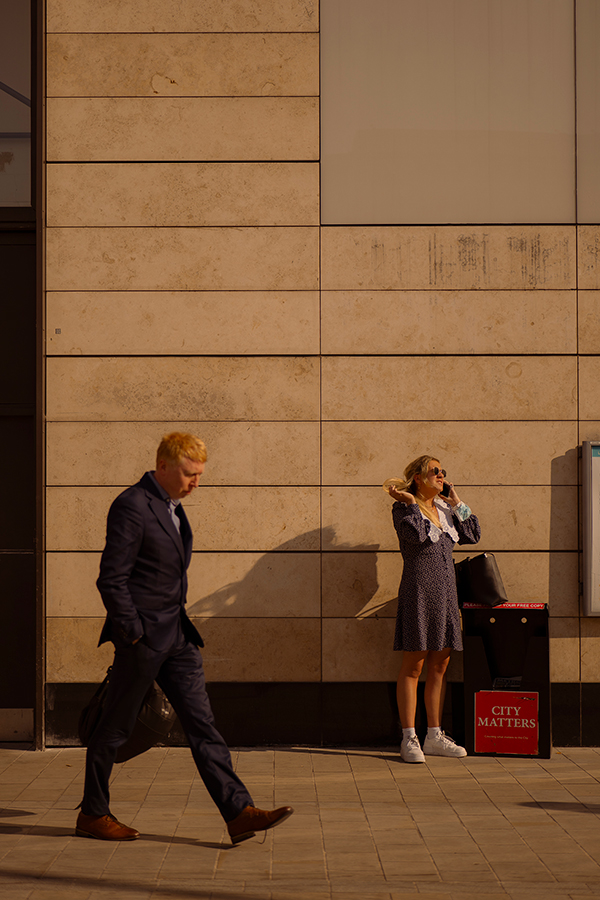Street photography would be more popular if people felt more informed about the surrounding laws, reckons Damien Demolder. In this article, Damien updates us on the legal side and considers the future of street photography.
I am regularly told by other photographers that shooting this or that is against the law and that they avoid street photography because they don’t want to get arrested. Sometimes it takes quite a lot of effort for me to convince them that their fears are unfounded. It always makes me wonder where these ill-formed ideas on laws against street photography come from and who spreads them.
Terror threats in the wake of 9/11 and attacks in the UK did make life difficult for photographers. Suddenly, taking pictures in public places was seen as a security risk by some police officers and lots of photographers were wrongfully stopped. Fortunately, that time has passed. It seems, though, the hang-over from those days of suspicion still has an influence on some photographers – though not, it seems, on the public.
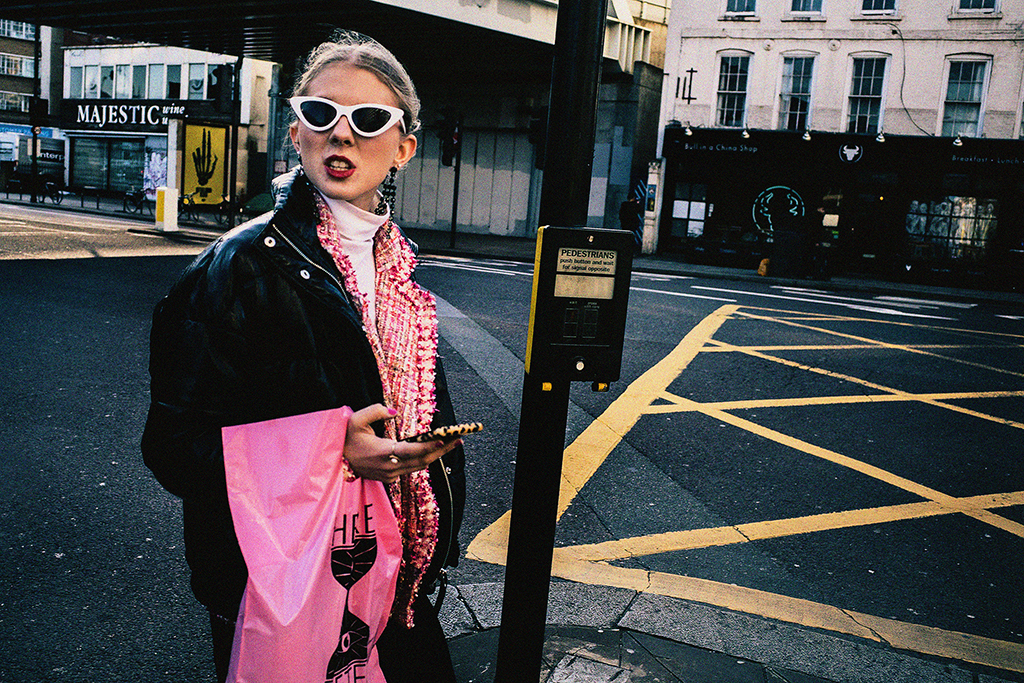
Street shooting can capture a time and a place through fashions and behaviour. Shot on a Ricoh GR lll. © Damien Demolder
New vague rules on ‘data protection’ also complicated the picture as well as poorly thought-out moves by X have brought up questions about the rights and expectations of privacy of the public. In truth, despite all the noise, nothing has changed.
We can still photograph almost anything we want to, and we still need to be careful about the context in which those images are used. This article intends to examine the state of street photography today and to reassure you that almost everything you’d like to do you can do.
What is street photography?
The term ‘street photography’ covers a pretty wide range of activities from photographing graffiti on walls to in-your-face pictures of people going about their business. Along the way, it takes in semi-architectural work, portraiture, social documentary, performance and a bit of fine art – depending on what you fancy.
Pictures don’t have to be taken actually in the street as this type of photography can include indoor public places, cafes, beaches, shops, parks, churches and anywhere there is life or human activity.
For me, street photography generally includes people. That isn’t an absolute rule, of course, because there are always exceptions. Though I would expect about 99% of my pictures to include, if not an actual person, their shadow or some mark that a person is, or has been, in the scene.
Street photography is an important genre because it provides social commentary for us to see humanity as it is now and how it has been. As much as street pictures can be amusing, visually stimulating and enjoyable to take, they also provide a historic record for now and for later. And of course, great art has its own intrinsic value.
Ethics
I have sometimes encountered other photographers who question the ethics of pointing a camera at people going about their business, and who suggest that it is in itself wrong. When they are reminded that Cartier-Bresson was a street photographer, they say ‘Oh yes, of course’. It is easier to see the value in today’s old pictures than it is to see the worth of new pictures that will one day be old. Where would we be today without the likes of Cartier-Bresson, Vivian Maier, Saul Leiter and Dorothea Lange to look back on?
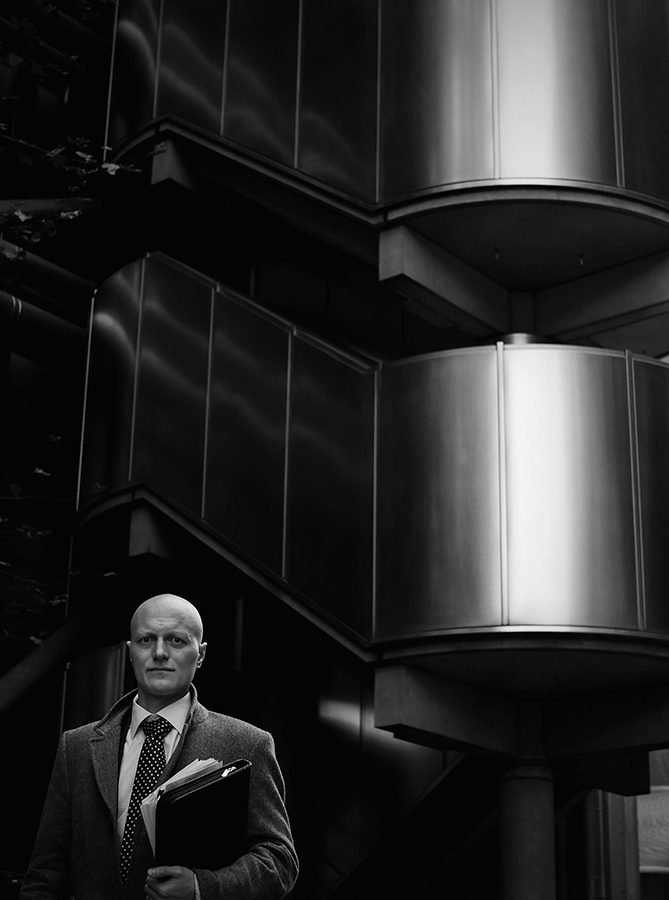
There is no law that prevents us from photographing anyone in a public place, whatever you read online. © Damien Demolder
The fear of every street photographer
When I visit camera clubs for a street photography talk, one of the first things I ask is, ‘Who here shoots street pictures?’ Depending on the club, the number of hands that get raised varies from none to a very low number. This puzzled me for a while, as I’d been booked to talk about street photography to clubs in which very few photographers were practising it.
After a while, I tried following that question with ‘Who doesn’t shoot street but would like to?’ – and then the majority of hands would go up. With street photography, fear of offending people and uncertainty about how they stand with the law and ethics prevents photographers who would like to go out to shoot from actually doing so.
Those who have been reading this magazine for some time may remember a period in which photographers of all kinds were being stopped by the police when out taking pictures in public. During that time, this magazine, and especially our News Editor Chris Cheesman, worked very hard with the Home Office and police constables to establish exactly what the law was on taking pictures in public places and ensuring that the message got out to the bobbies on the beat.
The fact was that despite there being a heightened terror alert and a general frenzy of suspicion, there were no laws that meant it was illegal for anyone to take pictures of pretty much anything they wanted to. And when the message finally got out that there were no laws against street photography, street photographers were left alone, and largely remain left alone today. And if it is the fear of what the people you are photographing will feel about it, be reassured that, if you use common sense, they won’t even notice you are there.
Ethics of street photography
As Nick Dunmur of the AOP says, whatever the rules and the law states we can and can’t do, it is more important to make sure we ourselves are happy with our own behaviour when engaging in street photography. We need to self-regulate to ensure that we don’t shoot things, situations and people that leave us feeling uncomfortable or regretful afterwards.

Drunk students enacting Hogarth pictures in Bath – again, capture life as it unfolds. © Damien Demolder
The boundaries for this will be different for everyone because we all have different sensitivities. However, the basic premise is that we really want to avoid feeling ashamed of ourselves.
For me, this means I try not to exploit, make fun of or humiliate anyone. That doesn’t mean I can’t notice and photograph funny behaviour, funny dress sense or funny expressions. But it should all be done to show the human condition and our diversity – and in good humour.
Not exploiting people for me means, for example, that I don’t shoot homeless people – unless in doing so I can help them. If I’m taking a picture of a disadvantaged person just to get the admiration of my viewers, then I’m surely heading down the wrong path.
The trick here is to actually think about what you are doing and not be driven just to think that because you’ve seen pictures of homeless people taken by other photographers that they are fair game. You need to take the situation and your intentions into account. I question myself, and ask, what is motivating me to take this picture? If the answer is anything but pleasant, positive or loving, I don’t press the shutter.
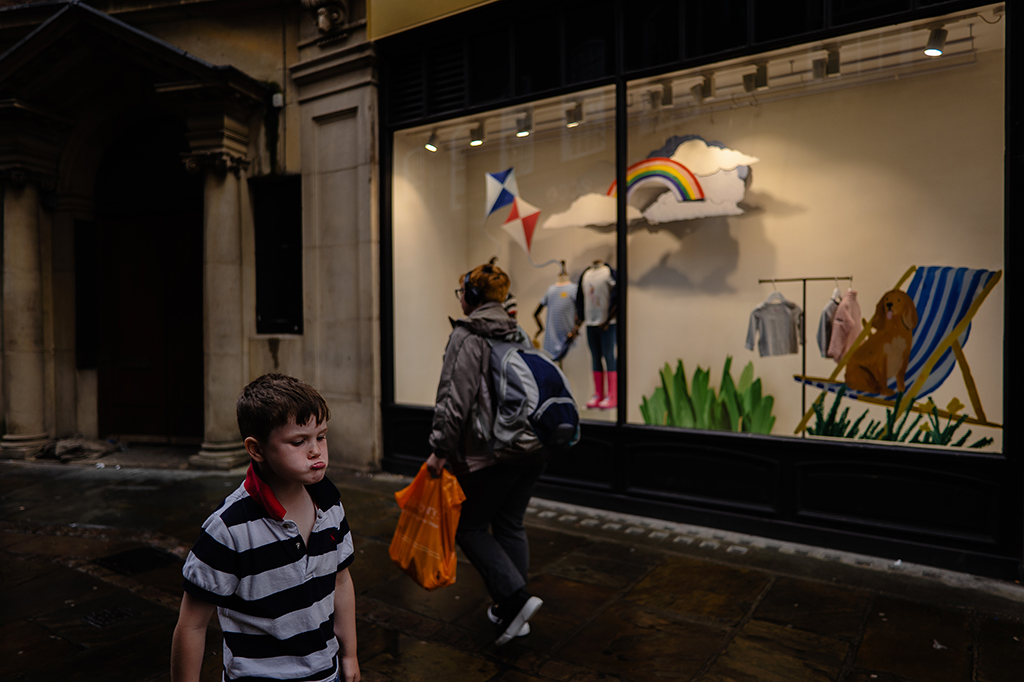
It is not illegal to photograph children – and funny faces can be highly rewarding. © Damien Demolder
The X ban
X’s change in policy that came into play in November 2021 regarding pictures of people whose permission has not expressly been sought is at first quite concerning. As is often the case when businesses are trying to protect themselves, they do so with a sledgehammer when a nutcracker was all that was needed.
As a publisher, X is officially responsible for everything that is posted to the platform, and it doesn’t want to have to deal with claims by people who appear in pictures on the site who don’t want to be there. The easiest method of avoiding such situations is to say that if anyone complains about their appearance in a picture then it will be removed from the site.
This is a pretty poor approach for more than one reason. Firstly, it denies photographers their rights to publish work created in situations that were well within the law, but secondly, it allows people caught in the act of doing something wrong to prevent the evidence from being shared and seen.
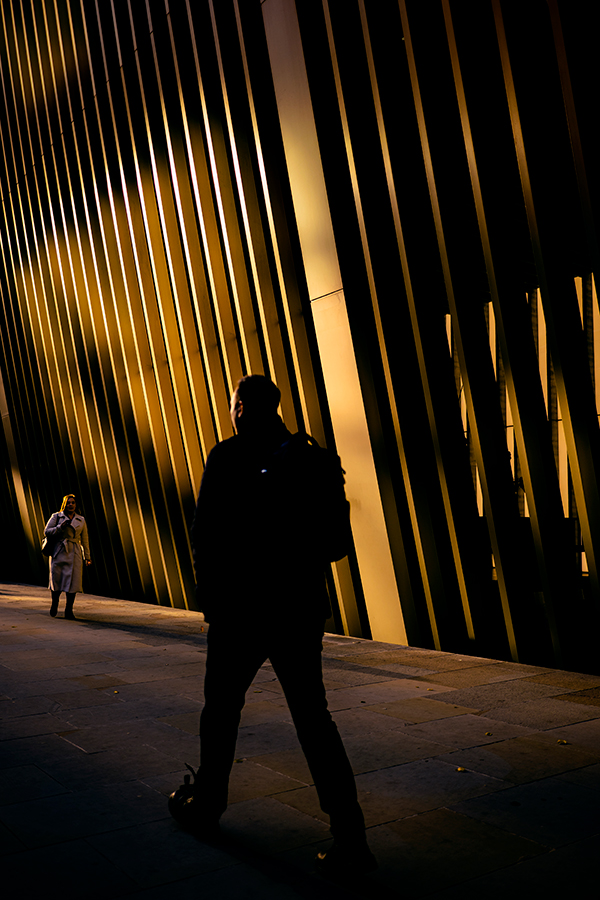
Some buildings can be protected by copyright laws but that doesn’t mean we can’t photograph them. © Damien Demolder
In fact, I haven’t heard of any cases where a picture has been taken down because a regular person feels their privacy is being infringed, but I have heard of a lot of cases where complaints are used to hide crimes, corruption and to restrict the freedom of speech of journalists the complainants don’t want to be heard.
Statements from X
I sympathise with X’s sentiments – ‘There are growing concerns about the misuse of media and information that is not available elsewhere online as a tool to harass, intimidate, and reveal the identities of individuals. ‘Sharing personal media, such as images or videos, can potentially violate a person’s privacy, and may lead to emotional or physical harm. The misuse of private media can affect everyone but can have a disproportionate effect on women, activists, dissidents, and members of minority communities. When we receive a report that a post contains unauthorized private media, we will now take action in line with our range of enforcement options.’ – but disagree with the course of action.
In the end, the only way your X account will be suspended is if someone in your pictures complains to X. The chances of a regular person seeing themselves on your account are pretty slim, and the chance is even slimmer of them actually complaining about it. Most of the issues with this policy seem to be in the USA at the moment and affect those covering extremist political activity. It is worth remembering that X is not the only social media platform on which photographers can post their images.
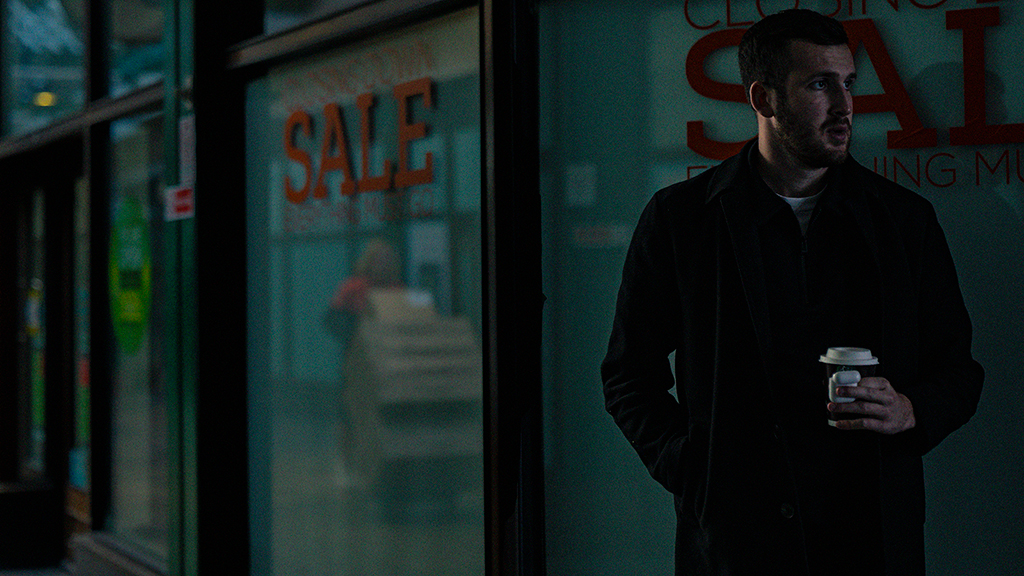
Shot in a covered shopping arcade, this is clearly on private property – but no one was bothered that I was there. © Damien Demolder
Excerpt from March 2024 X update:
You may not threaten to expose, incentivize others to expose, or publish or post other people’s private information without their express authorization and permission, or share private media of individuals without their consent.
Sharing someone’s private information online without their permission, sometimes called “doxxing,” is a breach of their privacy and can pose serious safety and security risks for those affected.
Additionally, posting images is an important part of our users’ experience on X. However, where individuals have a reasonable expectation of privacy in an individual piece of media, we believe they should be able to determine whether or not it is shared. When we are notified by individuals depicted, or their authorized representative, that they did not consent to having media shared, we will remove the media. This policy is not applicable to public figures.
Breastfeeding mothers
It isn’t law yet, but it looks as though photographing breastfeeding mothers without their consent will become illegal in the UK soon. A section of the Police, Crime, Sentencing and Courts Bill that’s passing between the Houses aims to add an amendment to the Sexual Offences Act of 2003 to include photographing a breastfeeding mother under the Voyeurism section.
If the bill passes with this section intact, it will be an offence to photograph a mother breastfeeding a child or arranging her clothes to do so, in a public or a private place, if you don’t have her permission. As the amendment will fall under the Voyeurism section of the Sexual Offences Act a degree of sexual gratification must be behind the act of taking the picture. So, if you shoot a scene and accidentally include a breastfeeding mother in the crowd behind your subject, I doubt you will get into trouble. Though, in theory, you may have to prove that you didn’t do it on purpose.
While I’m not a big fan of anything that restricts what we can and can’t photograph, I’m also an advocate of not upsetting, exploiting or making people feel uncomfortable. So, putting photographing unexpecting breastfeeding mothers into the same category as taking pictures up skirts and under toilet cubicles is a good move as far as I’m concerned, and this law will not have any impact on genuine street photography.
Private or public property
Street photography on private property is not against the law but can potentially carry its own prohibitions from the owner. Although we can pass from public to private property and back again without really noticing when out in the street, we need to be at least conscious of the difference and what areas are likely to be private. I suppose most of us don’t think too much about whether a shopping arcade in town is private or public property because, for most people, it really doesn’t matter. But, in an arcade, street photographers can be asked to stop taking pictures.
There might be signs up too that explain that photography is prohibited. There may not actually be a sensible reason for the ban on photography, and if you ask you might be told ‘data protection’ or ‘privacy’, but no one will be able to explain it any better than that. However, the reason isn’t as important as the fact that when on private property, the owners can make up the rules. We need to obey them and accept the consequences when we don’t.
Usually, the worst that will happen is that a person in a high-vis jacket will ask you to stop taking pictures, so many feel running that risk makes shooting in these places worthwhile. If you are asked to stop you should, or go and see the manager to see if you can get permission to carry on.
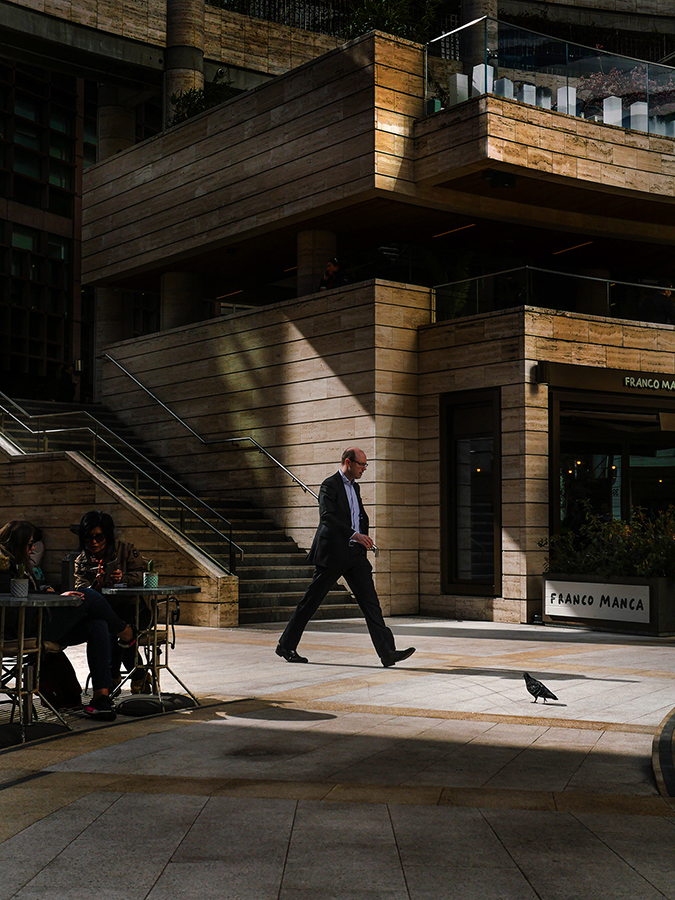
This is a private space that feels as though it is public, so photographers could be caught out. © Damien Demolder
It might be surprising to learn that many buildings are private property not only inside but also within a sometimes large margin outside, too. In the city, the border might be marked by a change of paving or metal studs in a line on the ground. Other areas that appear to be public might also be private, especially in heavily built-up areas.
The Bishopsgate area behind Liverpool Street station in London, for example, is private property, even though it appears to be public. A significant stretch of the Southbank along the Thames is also private. This doesn’t mean that we can’t take pictures in these places, but it does mean if we are asked to stop by the owner or a representative of the owner, then we should do so.
Commercial shoots in these areas will need express permission and usually a fee is payable, but that isn’t required for amateur/tourist photography.
For more tips on how to stay street-smart, click here.
If you’re looking for a great lens for street photography, have a look at the best lenses for street photography, or have a look at the best cameras for street photography.
Why not try using smartphones for street photography?
Check out some of our top street photography technique guidance:
10 commandments of street photography
Black and white street photography guide

